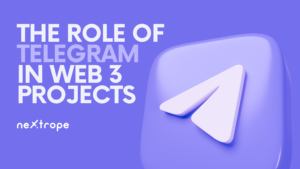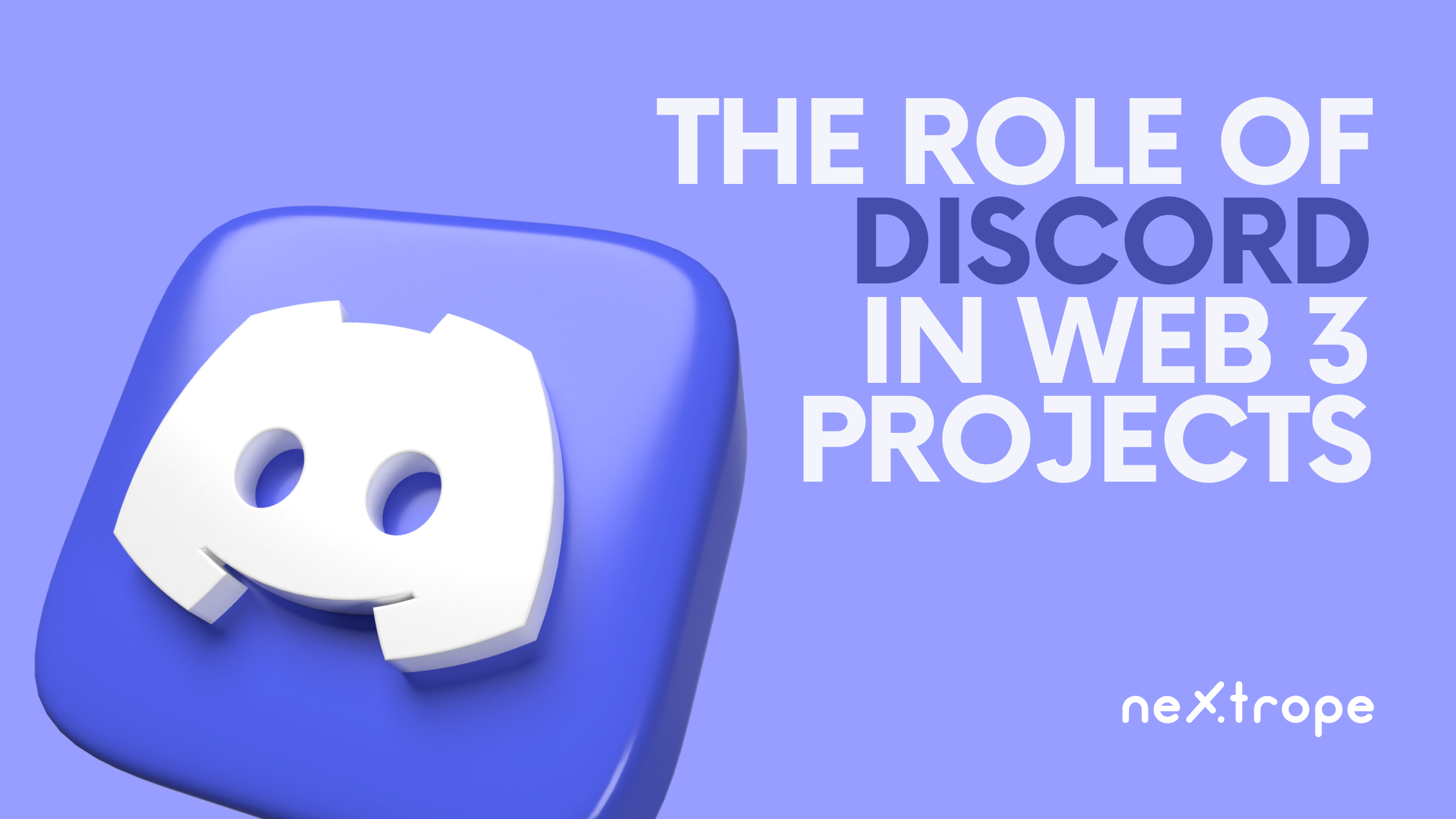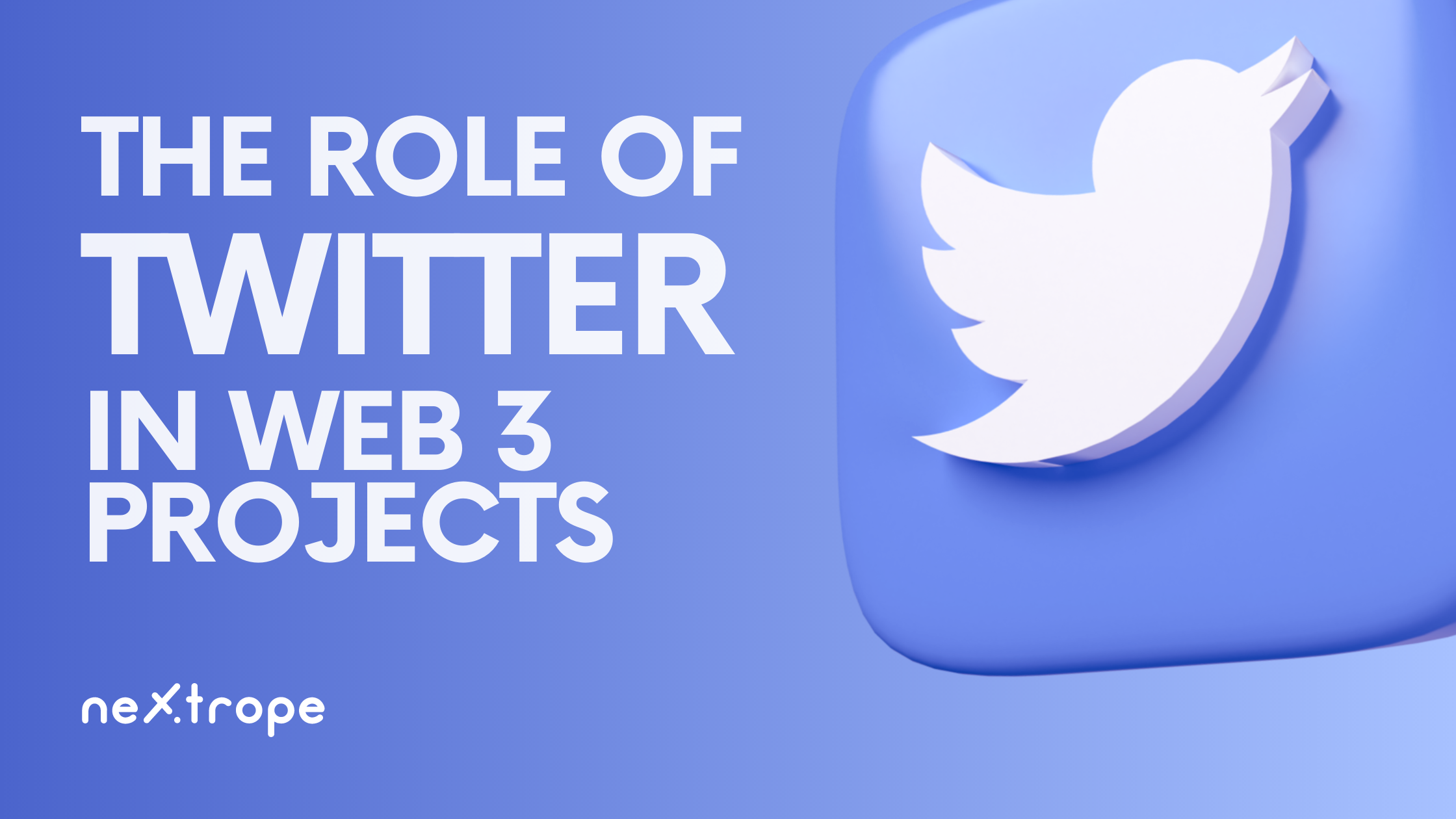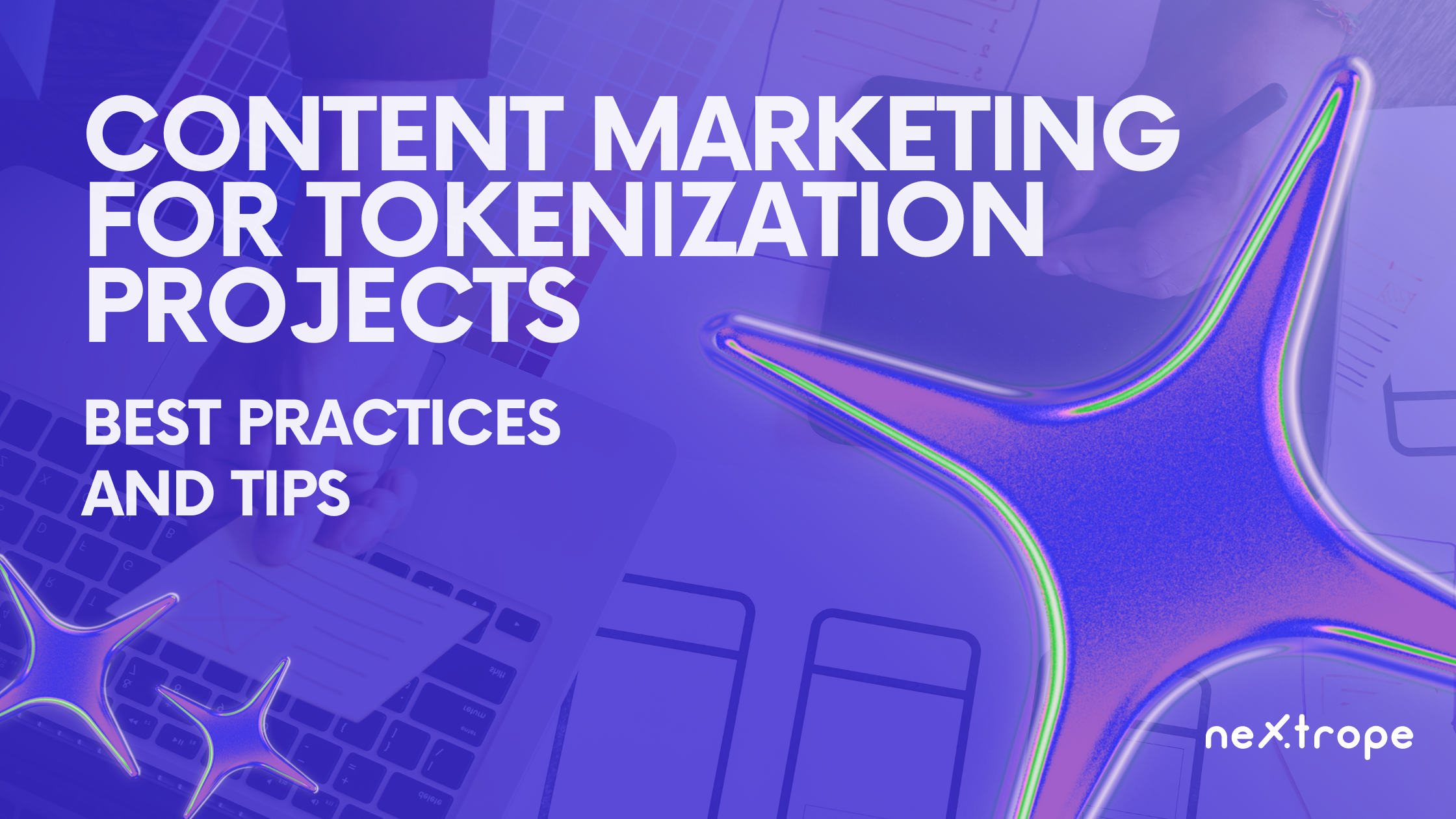The next evolution of the internet, Web 3, has revolutionized our means of interaction, transactions, and online communication. Leading this technological advancement is Telegram, a widely used messaging platform that has rapidly gained popularity within the realms of blockchain, AI, and cryptocurrency. This article delves into the significance of Telegram's role in Web 3 projects – examining its secure and private messaging features, its potential as a communication medium for Web 3 communities, its integration with Telegram bots for Web 3 applications, its crucial role in ICOs and token sales, as well as its contribution to educating and raising awareness for the Web 3 ecosystem. Let's explore the influence of Telegram on the fascinating realm of Web 3.
Secure and Private Messaging on Telegram
As a messaging platform in the Web 3 domain, where privacy and security are of utmost importance, Telegram stands out for emphasizing user data protection. With end-to-end encryption, Telegram ensures that only the intended recipients can access messages, preventing unauthorized entry or eavesdropping. This high level of security is crucial when handling sensitive data and transactions in Web 3 applications.
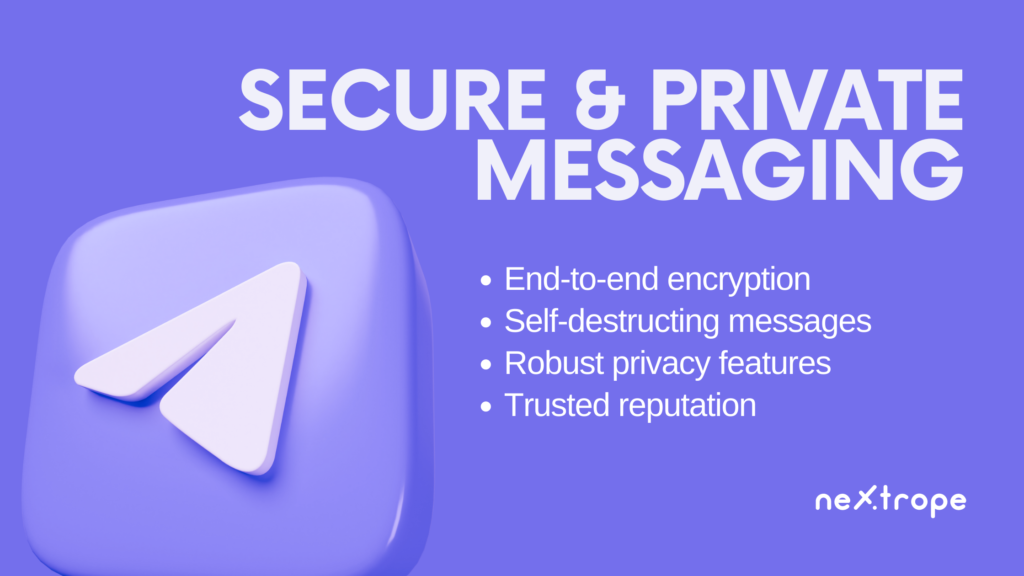
Telegram also provides various privacy options, such as self-destruct timers for messages that automatically delete them after a set time. This functionality is especially beneficial for sharing temporary or classified information that must be securely removed from chat history.
Telegram has built a solid reputation for preserving user privacy compared to other messaging platforms. While some platforms have been criticized for data breaches or weak security protocols, Telegram's dedication to encryption and privacy has garnered the trust of numerous Web 3 projects.
Telegram: A Communication Channel for Web 3 Communities
For any Web 3 project to succeed, effective communication is vital, and Telegram serves as an invaluable communication medium for Web 3 communities. The platform presents two key features that foster communication: group chats and channels.
Telegram groups enable project teams, developers, and community members to collaborate, exchange ideas, and discuss updates in real-time. These groups serve as knowledge-sharing hubs where community members can engage with leaders, ask questions, and stay up-to-date.
In contrast, Telegram channels facilitate broadcasting information to larger audiences. Project teams typically use channels to share announcements, news, and educational resources related to Web 3 technologies. Users can follow these channels and receive consistent updates, keeping them informed about the project's latest progress within the wider Web 3 landscape.
By utilizing Telegram's communication capabilities, Web 3 communities can promote a sense of belonging, stimulate collaboration, and establish direct connections between project teams and their supporters. This kind of engagement and transparency ultimately contributes to the overall growth and success of Web 3 initiatives.
Web 3 Integration with Telegram Bots
Integration of Web 3 technologies into the messaging platform is significantly influenced by Telegram bots, which add automation and functionality to enhance user experience. Within Telegram, these programmable entities are customizable to perform a variety of tasks.
In relation to Web 3 projects, real-time market data, notifications, and transaction facilitation are often provided by Telegram bots. For instance, trading bots can fetch and display cryptocurrency prices, monitor market trends, and carry out trades based on predefined parameters, thus streamlining access to crucial market information and enabling users to make efficient, informed decisions.
Moreover, integration of Telegram bots with decentralized applications (DApps) on blockchain networks is possible. This allows users to engage with DApps directly via Telegram, simplifying their experience and eliminating the need to switch between platforms. Facilitating transactions, executing smart contracts, and seamless access to DApp functionalities are just a few examples of how bots contribute to making Web 3 applications more user-friendly and accessible.
The adaptability and expandability of Telegram bots render them invaluable for integrating Web 3. By utilizing these bots, projects can improve user interfaces, offer real-time data and notifications, and enhance the overall user experience in the Telegram environment.
Conducting ICOs and Token Sales on Telegram
Web 3 projects commonly use Initial Coin Offerings (ICOs) and token sales as methods for raising funds and disseminating tokens among interested investors. As a result of its extensive user base, global outreach, and supportive features, Telegram has become a favored platform for hosting such fundraising events.
Public and private group features on Telegram allow project teams to actively engage with potential investors. Within these groups, project leaders can distribute project information, whitepapers, hold Q&A sessions to address investor concerns and build trust.
Furthermore, the channel feature on Telegram lets projects share updates, announcements, and token sale details with a broader audience. This enables projects to reach more potential investors and generate increased interest in their token offerings.
It is essential, however, to recognize the challenges of using Telegram for ICOs and token sales. The decentralized nature of cryptocurrencies means that scammers and dishonest projects could exploit the platform. Before participating in any Telegram-promoted ICO or token sale, investors must exercise caution and conduct thorough research.
Despite these challenges, Telegram continues to be a popular choice for Web 3 projects seeking to raise funds and connect with the crypto community. The platform's wide-ranging features and large user base make it an efficient means for conducting ICOs and token sales, bridging the gap between projects and potential investors, and promoting growth in the Web 3 ecosystem.
The Importance of Telegram in the Education and Awareness of Web 3
For the widespread adoption and understanding of Web 3 technologies, education and awareness play crucial roles. Telegram has become a key platform for sharing knowledge, offering valuable resources, and cultivating a sense of community within the Web 3 ecosystem.
Channels on Telegram focusing on blockchain, AI, and cryptocurrencies function as educational hubs where enthusiasts and experts exchange news, insights, tutorials, and research papers. Staying informed about the latest developments, emerging trends, and advancements in Web 3 technologies is made possible through these channels.
Telegram communities also enable discussions and debates on various Web 3-related topics. Members can participate in conversations, ask questions, and request advice from knowledgeable individuals within the community. This collaborative setting not only fosters learning but also supports networking and idea exchange among individuals with diverse backgrounds and expertise.
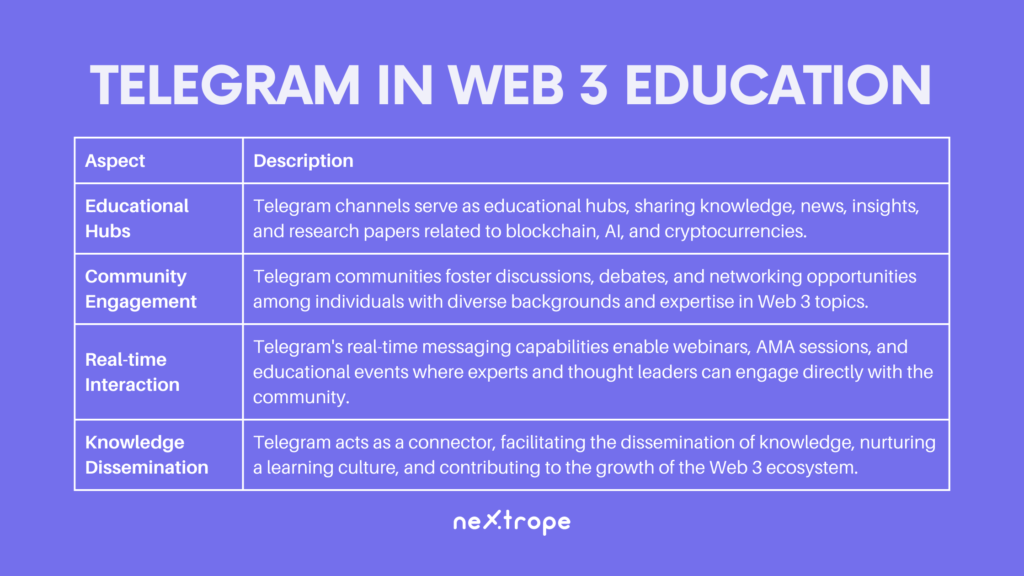
The real-time messaging capabilities of Telegram make it an excellent platform for hosting webinars, AMA (Ask Me Anything) sessions, and educational events. Experts and thought leaders can engage directly with the community by sharing their knowledge and addressing queries—thus enriching the learning experience and broadening awareness within the Web 3 domain.
In summary, Telegram plays a critical role in Web 3 education and awareness. It serves as a connector between experts, enthusiasts, and newcomers—facilitating knowledge dissemination, nurturing a learning culture, and contributing to the overall growth and maturation of the Web 3 ecosystem.
Conclusion
Within the Web 3 landscape, Telegram has positioned itself as an important contender by offering features catering to blockchain, AI, and cryptocurrency projects' needs. Its private messaging capabilities ensure security while connecting with Web 3 communities via group chats and channels.
Secure messaging through Telegram safeguards sensitive information while enabling seamless communication and collaboration between project teams and community members via group chats and channels. Bots integrated into Telegram further enhance engagement with Web 3 technologies while offering real-time data, automation, and access to decentralized applications.
With its immense popularity and extensive user base, Telegram has become the preferred platform for conducting ICOs and token sales. However, users should tread cautiously to avoid fraudulent endeavors.
Telegram's role in Web 3 education and awareness is also noteworthy. Through dedicated channels, communities, and educational events, it promotes knowledge sharing, spurs discussions, and raises awareness about Web 3 technology developments.
As the Web 3 ecosystem continues to mature and develop, Telegram's relevance is expected to grow. Its secure messaging, communication capabilities, integration potential, fundraising opportunities, and educational contributions establish it as an invaluable tool for Web 3 projects and the wider community. Utilizing Telegram can help projects flourish within the decentralized and interlinked world of Web 3.
Nextrope Tokenization Launchpad Platform
Nextrope Launchpad Platform is a White Label solution in a Software-as-a-Service model that helps you launch your project within a month and fundraise with Initial Coin Offering (ICO) or Security Token Offering (STO).
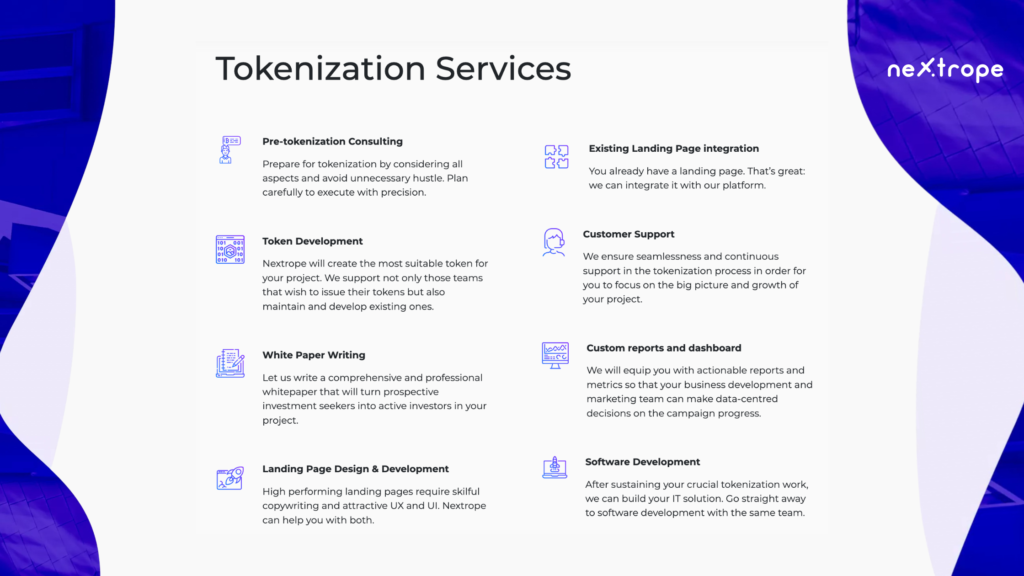
Our platform allows you to participate in the broad financial market of digital assets. Expand your reach and find investors globally. Tokenize your project and start raising capital within a month!
 en
en  pl
pl 
